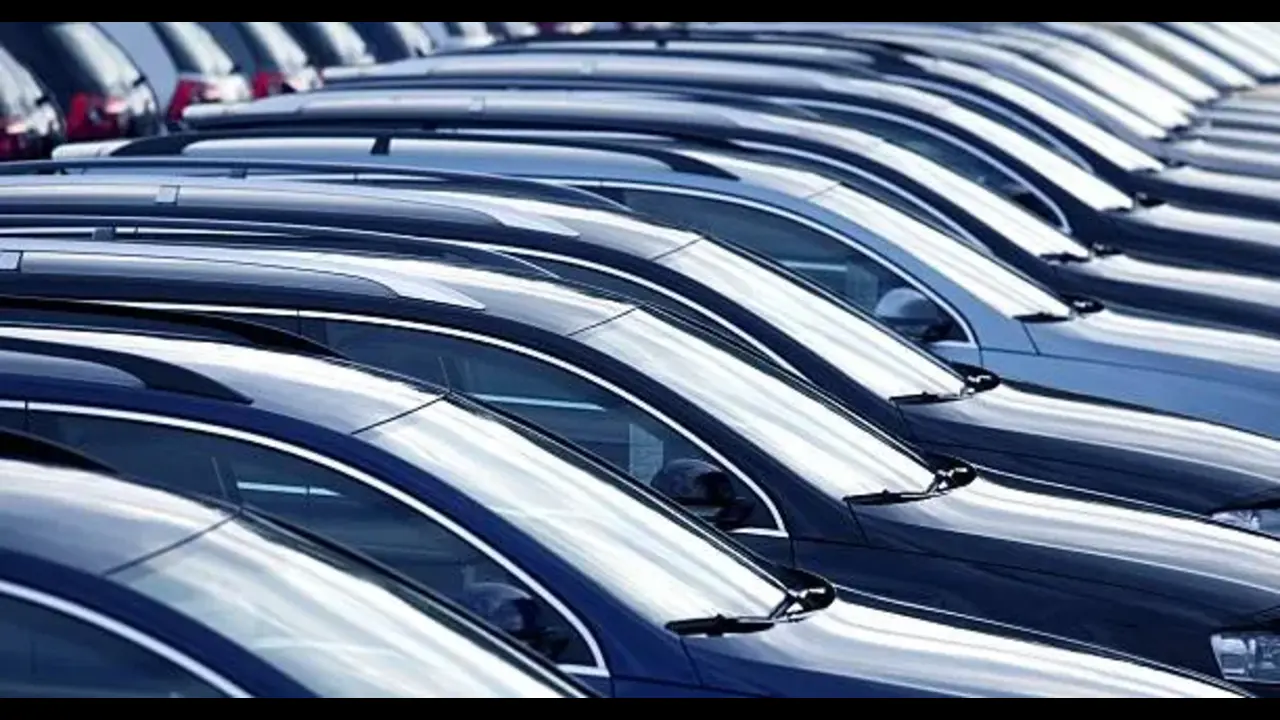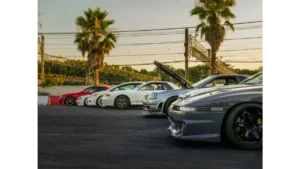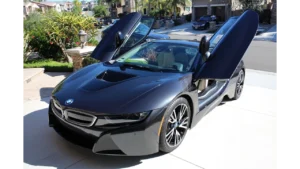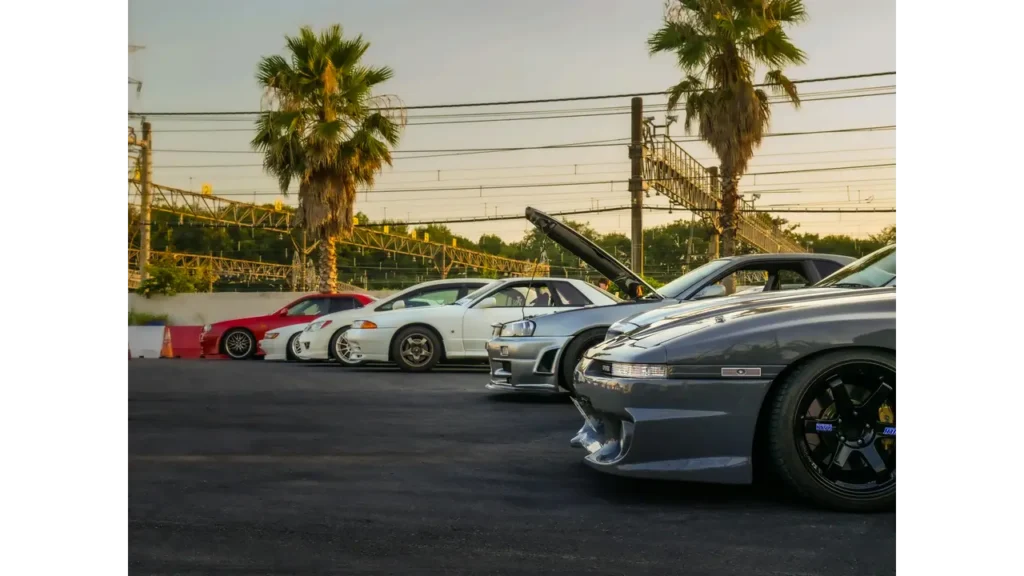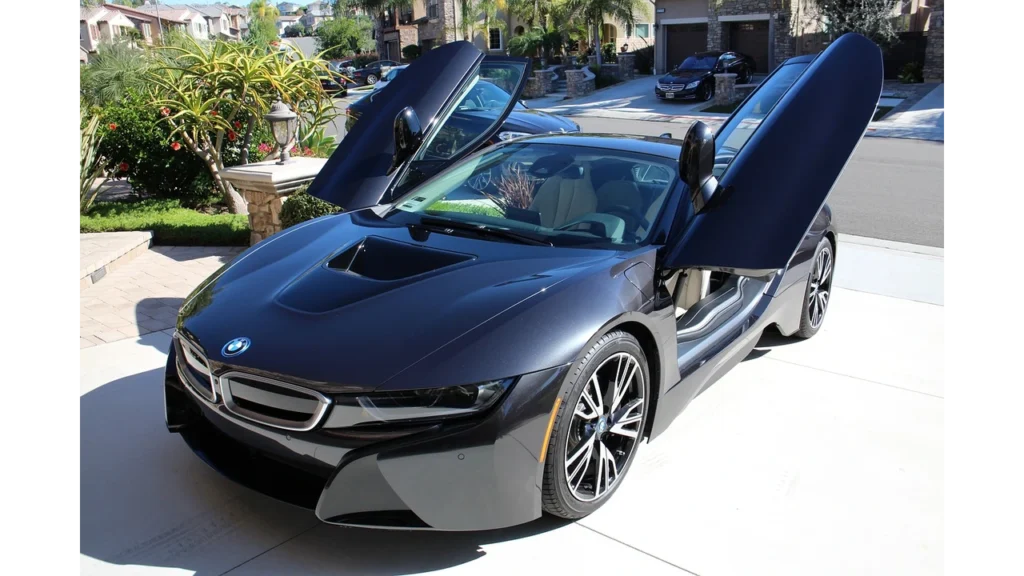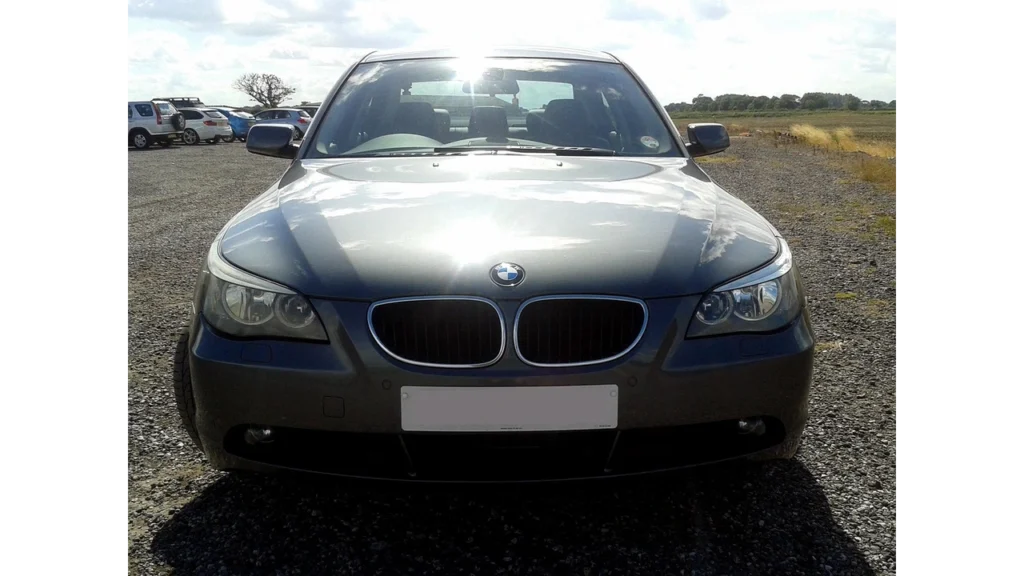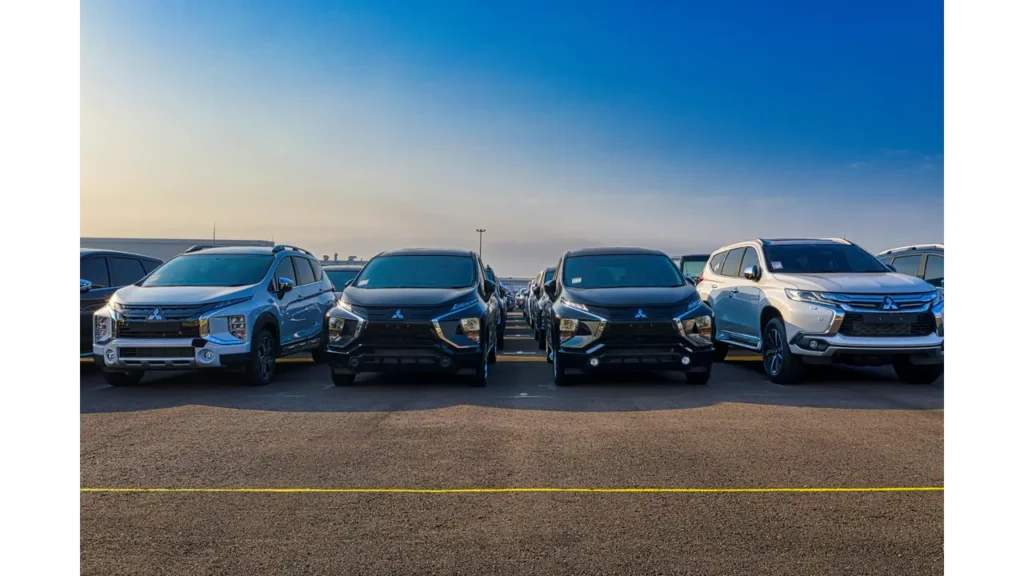Introduction
Value Added Tax reshaped vehicle pricing in Oman in April 2021, and the used market felt it quickly. The standard rate sits at 5 percent, yet not every second-hand transaction is treated the same. Dealers registered for VAT may apply a special mechanism called the margin scheme, which taxes only the profit rather than the full selling price. Private individuals selling their own car are outside the VAT system, while professional resellers fall inside it with record-keeping and invoicing duties. The practical result is that two identical cars can carry different VAT effects depending on who sells them, how the car was acquired, and what can be proven about prior taxation.
This guide focuses on the core entity set involved in such outcomes: VAT, used cars as second-hand goods, taxable persons such as dealers and resellers, the Oman Tax Authority rules governing eligibility, and the calculation logic behind margin versus standard schemes. Relationships between these entities determine real money, so clarity matters. The following sections explain what VAT on used cars means in Oman, when the margin scheme can be used, and how it affects on-the-road prices and dealer compliance. Examples with Omani Rial figures appear in the calculation section to remove ambiguity and help readers map scenarios to daily decisions on sourcing, pricing, and purchasing.
Key Takeaways / TLDR
- Standard VAT in Oman is 5 percent, but used cars from VAT-registered dealers may qualify for the margin scheme that taxes only the dealer’s profit.
- Private individual-to-individual sales are outside VAT, while registered dealers must follow invoicing and record-keeping rules.
- Eligibility depends on how the car was obtained, prior tax treatment, and documentary evidence that supports margin treatment.
- The margin scheme changes pricing strategy, cash flow, and final cost more than many expect.
Table of Contents
Understanding VAT on Used Cars in Oman
VAT is an indirect tax on consumption. In Oman, a VAT-registered business collects tax on taxable supplies and claims input tax on eligible costs. Used cars are categorized as second-hand goods, which introduces a choice of treatment for registered resellers: the standard VAT scheme or the margin scheme, subject to conditions. The standard scheme applies 5 percent to the full selling price and permits input tax recovery on eligible costs. The margin scheme, by contrast, applies VAT to the difference between selling price and purchase price, without input tax recovery on the original purchase.
The seller’s status frames everything. A private person selling a personal car does not charge VAT, since that person is not a taxable person in this context. A dealer or trader registered for VAT must account for VAT on each taxable transaction and must choose a compliant scheme based on acquisition facts. If a car was acquired from a non-taxable person, or in circumstances where VAT on the purchase could not be claimed, margin treatment may be available. If it was acquired with recoverable VAT, the standard scheme generally applies.
Documentation sits at the center of compliance. The reseller needs purchase evidence that shows the source and VAT status of the car, a stock book or equivalent records tracing each unit, and sales invoices that meet Oman’s invoicing rules. The buyer’s experience differs depending on the scheme used. Under the margin scheme, the invoice typically does not show VAT as a separate line, as tax is internal to the margin. Under the standard scheme, VAT appears explicitly.
Misconceptions are common. VAT is not charged twice on the same value; rather, tax is either charged on the full price with input recovery or charged internally on the margin. The correct choice prevents double counting and aligns price tags with policy.
The Margin Scheme Explained
The margin scheme is a special method for VAT-registered resellers of second-hand goods such as used cars. Its purpose is to tax only the value added by the reseller, defined as the margin, instead of taxing the entire selling price. Margin equals selling price minus purchase price, excluding any separately charged taxes, fees, or optional add-ons that do not form part of the car’s intrinsic resale value. VAT is calculated on that margin at 5 percent. Because the margin itself becomes the VAT base, input tax on the original purchase is not claimed under this method.
Eligibility hinges on specific predicates. The car must be second-hand, previously in use, and acquired for resale. The car is generally purchased from a person or entity that did not charge recoverable VAT on that sale to the reseller, for example a private individual or a business using a special scheme where VAT was not recoverable. The reseller must maintain verifiable stock records that tie each purchase to each sale and must issue a compliant invoice. Where a car was acquired with recoverable input VAT, a standard scheme treatment is expected rather than margin treatment.
The scheme changes behavior across the market. Dealers using the margin scheme can price competitively because tax applies to profit instead of the entire vehicle price, which narrows the wedge between cost and sticker price for many models. Buyers see a cleaner total, often with no VAT shown as a separate line, reducing perceived friction at the point of sale. Compliance still matters: incorrect use can trigger reclassification to the standard scheme, assessments for underpaid VAT, penalties, and interest. Clarity around trade-ins, part-exchange arrangements, and bundled warranties also matters, since these elements can affect the calculated margin and what must be included in the taxable base.
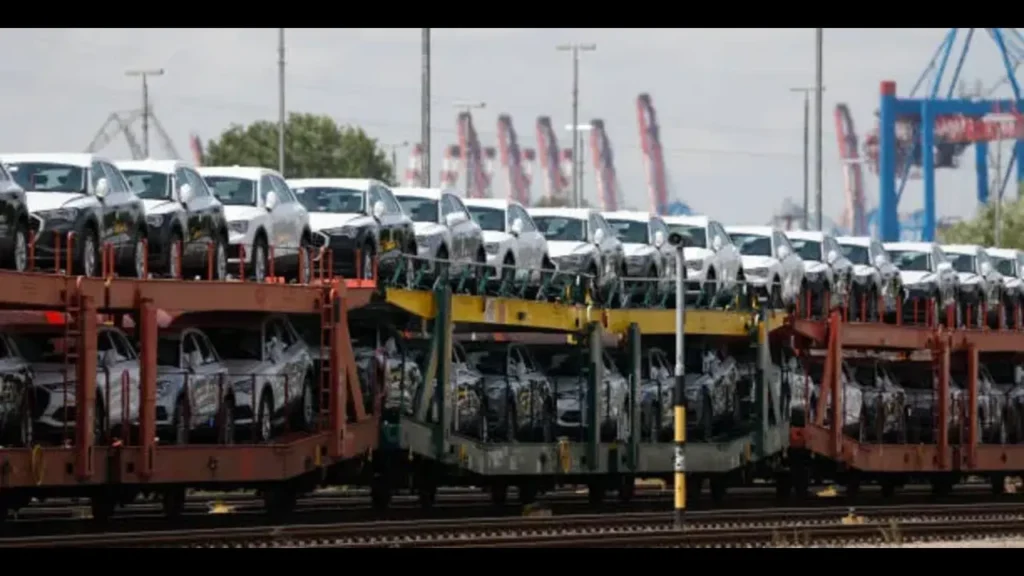
How VAT is Calculated Under the Margin Scheme
The margin scheme taxes only the value added by a VAT-registered reseller. Margin equals selling price minus purchase price. VAT at 5 percent is applied to that margin; it is not applied to the full selling price. Input tax on the original purchase is not claimed when the margin scheme is used.
Method and sequence:
- Identify the qualifying purchase price for the specific vehicle (excluding separate delivery, registration, or insurance add-ons).
- Confirm eligibility evidence: source of the vehicle, prior VAT status, and stock-book linkage from purchase to sale.
- Compute margin as selling price minus purchase price. If the result is negative, VAT due is zero for that transaction; the loss does not create an input credit.
- Calculate VAT due as 5 percent of the margin.
- Profit before overheads equals margin minus the VAT due.
Trade-ins and part exchange: where consideration includes a customer trade-in, use the agreed fair value of the traded vehicle in the calculation. Optional extras, warranties, or fees that are distinct supplies require separate analysis; items integral to the vehicle’s resale value belong inside the margin base.
Imported used cars: if import VAT was recovered, the standard scheme typically applies. If import VAT was not recovered and the other eligibility tests are met, margin treatment may be available. Documentation must show the path from import to resale with consistent values.
VAT Impact on Car Buyers in Oman
The buyer’s experience depends on who sells the vehicle and which scheme applies. A private individual selling a personal car does not charge VAT, so the price reflects pure market negotiation. A VAT-registered dealer using the standard scheme charges 5 percent on the full selling price and shows VAT as a separate line on the invoice. A VAT-registered dealer using the margin scheme embeds VAT within the dealer’s profit; VAT usually does not appear as a separate line on the invoice, although it is still accounted for to the tax authority.
Price transparency and perception shift across these paths. Under the standard scheme, a 4,000 OMR vehicle carries 200 OMR VAT, signposted on paperwork. Under the margin scheme, a 500 OMR dealer margin produces 25 OMR VAT; the sticker may be the same 4,000 OMR, but the tax burden is lighter because it applies only to value added. This difference influences affordability bands, monthly payment expectations, and negotiation strategies for age, mileage, and trim.
Common questions arise. Is VAT paid twice on a used car that already faced tax when new? No. Either VAT applies to the full price with input recovery, or it applies to the margin where input is not claimed; both methods prevent double counting the same value. Does the margin scheme always reduce the total price? Not necessarily; it reduces VAT in low-margin resales. High-margin cars may show less of a gap. Are private-to-private sales always outside VAT? Yes for VAT purposes, but registration, inspection, and insurance costs remain separate.
For financing and insurance bundles, VAT treatment follows the nature of each component. Interest on loans typically falls outside VAT, while certain fees or add-ons may be taxable. Clarity on what forms part of the car’s intrinsic value versus separate optional services helps buyers compare apples to apples across listings.
VAT Compliance for Car Dealers and Resellers
Compliance rests on eligibility control, documentation quality, and consistent application. A dealer using the margin scheme keeps a stock book that identifies each vehicle by VIN or chassis number, records purchase source and price, traces any refurbishment that affects intrinsic value, and links the eventual sales invoice. The purchase documentation must show that the vehicle was acquired in circumstances where input VAT was not recoverable, such as from a private individual or from a supplier operating a special scheme.
Invoicing practices must align with the chosen method. Under the standard scheme, invoices show selling price, VAT rate, VAT amount, and total payable. Under the margin scheme, VAT is not listed as a separate amount; the invoice indicates that the margin scheme has been applied. Mixing approaches within a single transaction risks misstatements. Internal controls should prevent margin treatment where input VAT was claimed on the purchase or where the vehicle is new rather than second-hand.
Pricing and accounting require discipline. The dealer margin for VAT is calculated before optional services that are separate supplies. Warranties that are bundled into the car’s price may affect the margin base; standalone extended warranties require separate VAT analysis. Trade-ins must be valued at arm’s length and documented. Where refurbishment substantially alters the vehicle’s nature, ensure that costs are treated correctly and do not distort the margin calculation.
Risk management focuses on reclassification, assessments, penalties, and interest. Triggers include inadequate stock linking, missing purchase evidence, or showing explicit VAT on a margin invoice. Periodic internal reviews, sample reconciliations from stock book to VAT return, and retention of correspondence about source and prior tax status reduce exposure. When vehicles are imported, customs entries, payment proofs, and any input VAT claims must tie back to the VAT treatment selected at sale. Clear audit trails support faster dispute resolution and stable pricing strategies across the used inventory.
Comparison with Other GCC Countries
Regional context helps decode policy intent and practical pricing in Oman. Across the GCC, VAT frameworks share a common design rooted in the Unified VAT Agreement, yet each state defines conditions and documentation with local flavor. In the United Arab Emirates, second-hand goods resold by VAT-registered dealers may fall under a margin-based method when eligibility conditions are met, leading to taxation on value added rather than the full ticket price. Saudi Arabia also provides mechanisms for second-hand supplies, though administrative practice and evidentiary expectations can differ, especially around proof that input VAT was not recovered on acquisition. Bahrain and Qatar (when applicable) present similar foundations, with variations in invoicing language and stock-linking requirements.
Three contrasts typically matter to used car pricing. First, documentary thresholds: some tax authorities specify more prescriptive stock-book formats or invoice annotations, while others emphasize outcome-based evidence. Second, import pathways: where import VAT is recovered, dealers usually pivot to standard VAT on resale; where import VAT is not recovered and other tests are met, margin treatment becomes viable. Third, treatment of bundled services: extended warranties, service contracts, and accessory packs may be carved out as separate supplies in one jurisdiction or viewed as part of the vehicle value in another, changing the VAT base.
A cross-border dealer group operating in multiple GCC markets often builds a single policy library but maintains country appendices for acquisition sources, invoice templates, and audit trails. For Oman, the margin scheme’s core predicates align with the regional pattern: second-hand goods, previous use, non-recoverable VAT on purchase, and robust traceability from acquisition to sale. Where dealers benchmark prices across GCC classifieds, observed differences frequently trace back to margin eligibility rates within inventory, not just currency or demand. Consumers comparing prices across borders should consider logistics, registration rules, and insurance frameworks, since statutory costs outside VAT can overshadow small tax differentials. In practice, harmonized principles coexist with local documentation nuances, and those nuances determine whether the margin scheme delivers a measurable advantage on specific models and age-mileage bands.
Strategic Insights for Buyers and Dealers
Market outcomes improve when acquisition funnels and documentation are designed around VAT eligibility from day one. Dealers sourcing primarily from private sellers or entities that did not charge recoverable VAT tend to achieve higher margin-eligibility ratios, which compresses the tax component in sticker prices. A disciplined stock book that ties VINs to purchase sources, refurbishment notes, and sale invoices preserves eligibility and shortens audit cycles. Misfiled records can erase the advantage of otherwise qualifying inventory.
Pricing models benefit from separating intrinsic vehicle value from optional services. Warranty extensions, ceramic coatings, and accessory packs can be structured as distinct supplies when commercially appropriate, clarifying the margin base and helping customers read invoices with confidence. Trade-in processes should include repeatable valuation methods and photographic evidence. Where refurbishment materially changes condition, the file should show before-after states, supplier invoices, and labor logs to support the recorded economics.
For lenders and finance partners, clarity on VAT treatment improves approval speed and residual analysis. Margin-based transactions often show tighter wedges between cost and retail, which can influence loan-to-value thresholds and promotional campaigns. Insurance partners also benefit from precise separation of taxable components versus statutory charges, avoiding disputes at claim time.
Shoppers comparing listings across platforms should look beyond headline price. Dealer status, invoice method, and vehicle provenance signal likely VAT treatment. Vehicles likely to qualify for margin taxation often sit in age-mileage bands with modest dealer markups; nearly new or highly reconditioned units tend to attract larger margins and may fall under standard rules if input VAT was recovered at acquisition. In regions with similar demand, price spreads frequently reflect VAT method and documentation quality rather than hidden defects.
Portfolio strategy matters for groups operating across GCC markets. Central policies should define acquisition channels, invoice language, and archiving standards per country. In Oman, consistent use of the margin scheme where eligible can widen audience reach within popular budget brackets while keeping compliance risk contained through predictable, verifiable records.
Frequently Asked Questions (PAA-Driven)
Is VAT charged on every used car in Oman?
VAT applies when the seller is a VAT-registered dealer making a taxable supply. Private individual-to-individual sales fall outside VAT.
Does the margin scheme always apply to dealer sales?
No. It depends on acquisition facts. If the vehicle was bought in circumstances where input VAT was recovered, the standard scheme generally governs the resale.
Why is VAT not shown on some dealer invoices for used cars?
Under margin rules, VAT is calculated internally on the dealer’s profit. The invoice typically notes that the margin scheme applies without listing VAT as a separate line.
Can a dealer switch from margin to standard scheme for better result?
Method selection follows eligibility, not preference. If conditions for margin are not met, the standard scheme applies. If conditions are met, consistent application with proper records is expected.
What happens when a trade-in is involved?
The fair value of the traded vehicle forms part of consideration for the sale and influences the calculated margin. Documentation should capture valuation, condition, and any reconditioning that affects intrinsic value.
Is VAT charged twice if the car was taxed when new?
No. VAT is either charged on the full selling price with input recovery or internalized on the margin without input recovery. Both approaches avoid taxing the same value twice.
How do imported used cars fit into the margin scheme?
If import VAT was recovered, the subsequent resale typically falls under the standard scheme. If import VAT was not recovered and other tests are met, margin treatment may be possible, subject to traceable customs and stock records.
Are repairs and detailing included in the margin base?
Costs that restore intrinsic value may affect the economic margin but do not convert the purchase into a standard-scheme item by themselves. Separate supplies, such as optional service contracts, require distinct VAT analysis.
Conclusion
VAT on used cars in Oman reflects a balance between fiscal revenue, market efficiency, and consumer affordability. The standard scheme applies broadly to taxable supplies, while the margin scheme provides targeted relief by taxing only dealer profit on second-hand sales. Correct application depends on acquisition facts, eligibility checks, and verifiable documentation. Buyers experience different outcomes depending on whether cars are purchased from private individuals or VAT-registered dealers. Dealers benefit when inventory is sourced from non-taxable persons, provided records align with Oman Tax Authority requirements.
Across the GCC, similar schemes operate, but Oman’s regulatory nuance lies in careful record-keeping and invoice language. For buyers, understanding how VAT impacts price creates negotiating power and prevents misconceptions about double taxation. For dealers, disciplined compliance prevents reclassification risks and supports competitive positioning. With clear guidance, both groups navigate used car transactions with greater confidence.
The margin scheme’s importance grows as Oman’s vehicle market matures and as digital platforms integrate tax-aware pricing into their listings. Structured explanations, detailed examples, and transparent documentation bridge the gap between policy and practice, ensuring that used cars remain a viable and affordable option for a wide range of consumers.

